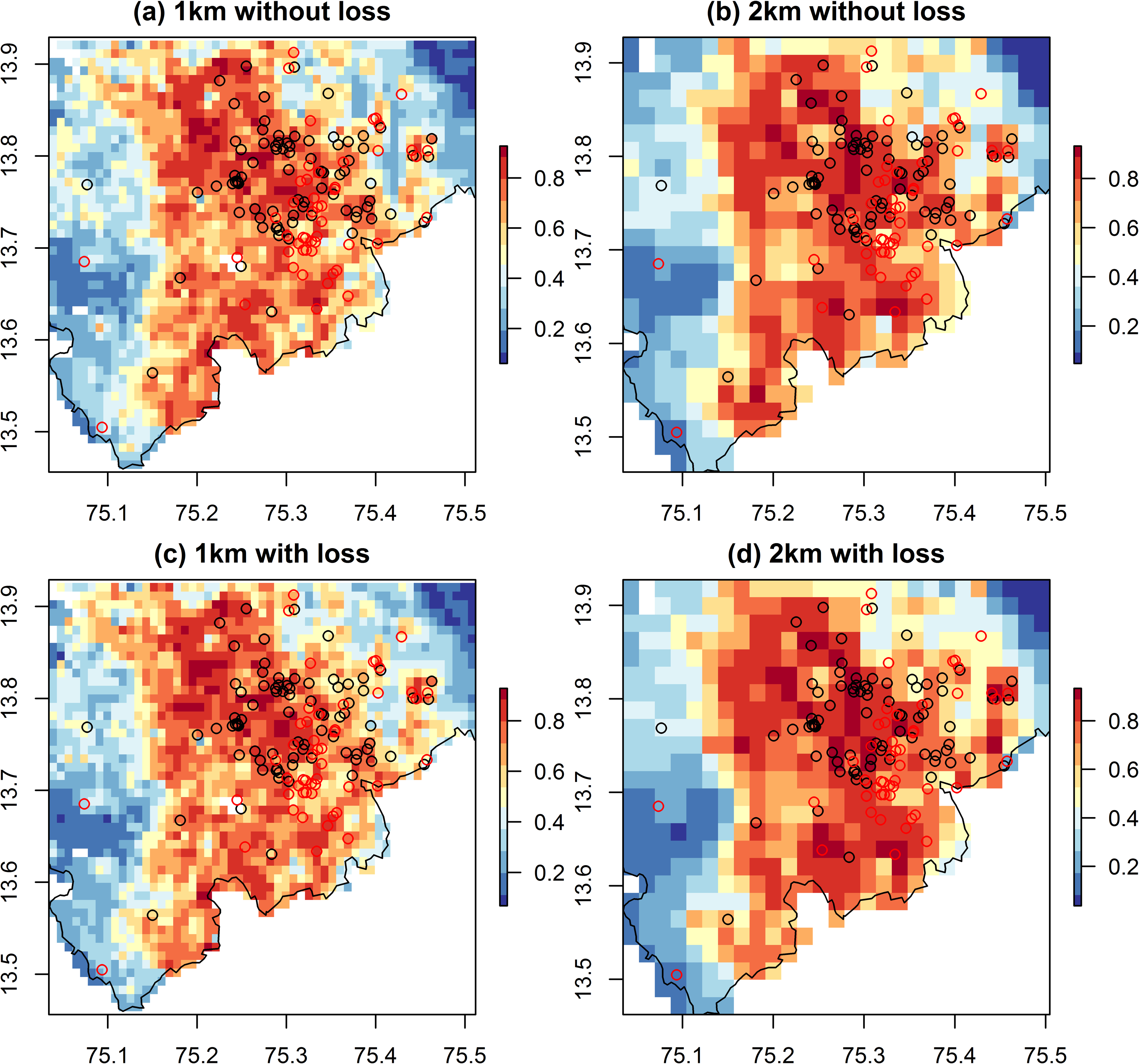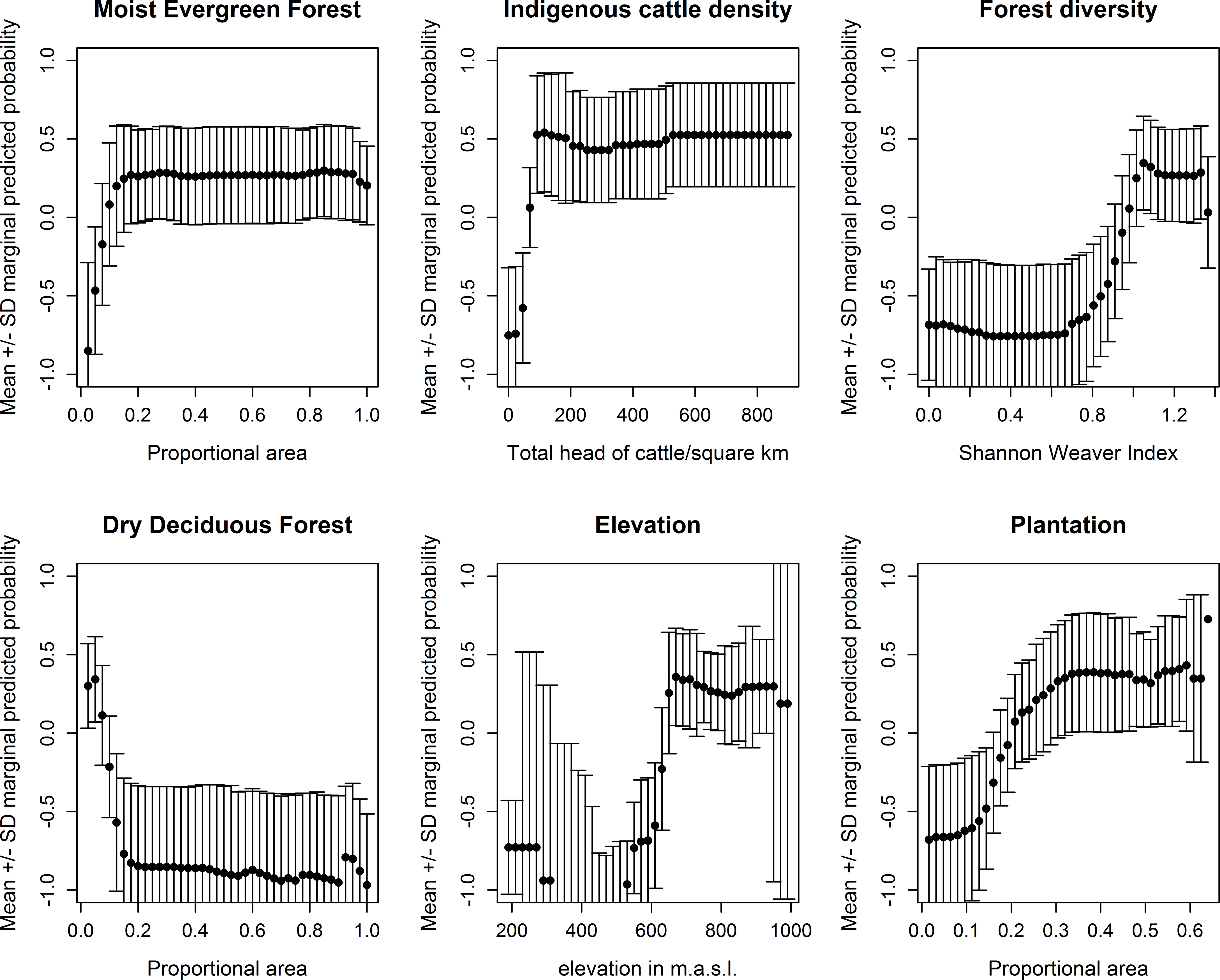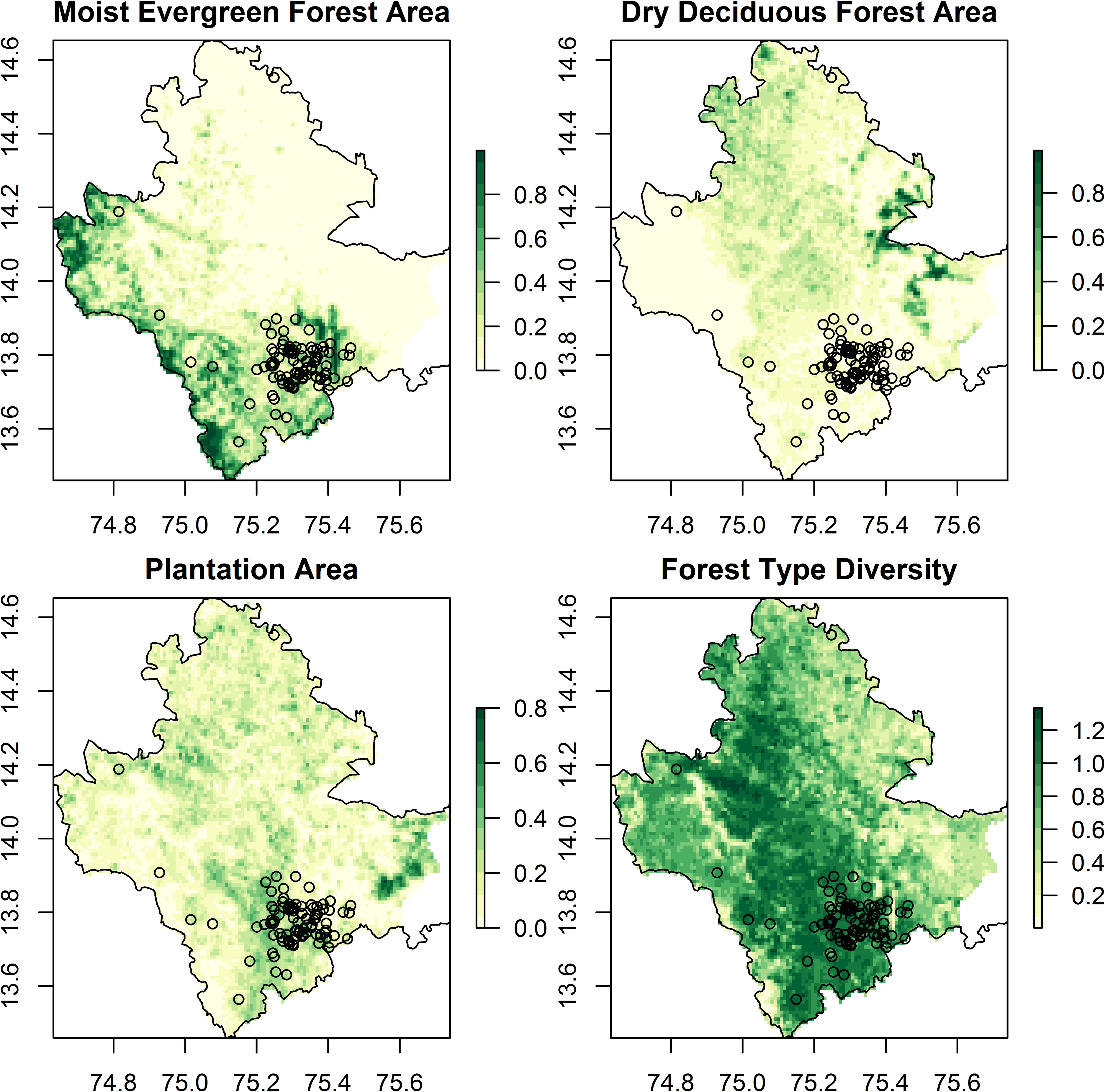Bethan V. Purse ,Narayanaswamy Darshan,Gudadappa S. Kasabi,France Gerard,Abhishek Samrat,Charles George,Abi T. Vanak,Meera Oommen,Mujeeb Rahman,Sarah J. Burthe,Juliette C. Young,Prashanth N. Srinivas,Stefanie M. Schäfer,Peter A. Henrys,Vijay K. Sandhya,M Mudassar Chanda,Manoj V. Murhekar,Subhash L. Hoti,Shivani K. Kiran
April 7, 2020


